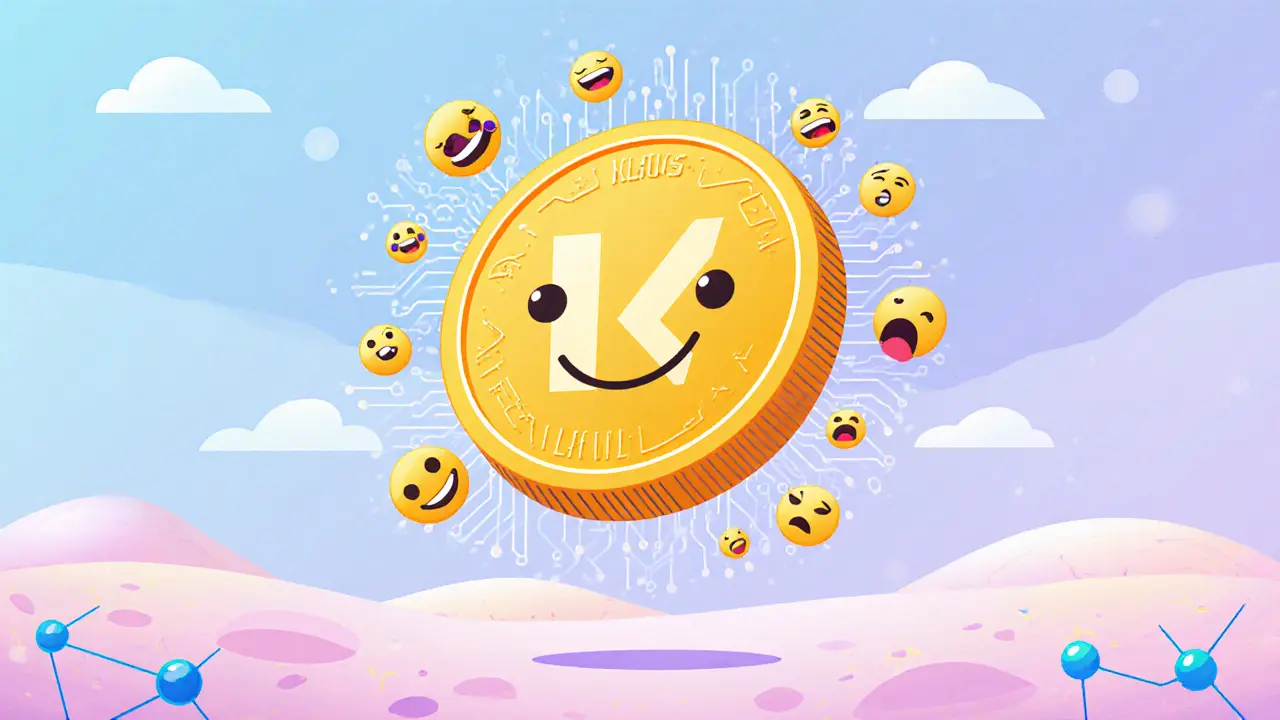Ethereum vs Solana: A Practical Comparison
When you hear Ethereum vs Solana, the two leading blockchain platforms that developers and investors evaluate side by side, you instantly think of contrasting design choices. Ethereum, a decentralized network originally built on proof‑of‑work and now on proof‑of‑stake focuses on security and developer flexibility. Solana, a high‑throughput chain that combines proof‑of‑history with proof‑of‑stake aims for ultra‑low fees and massive transaction speed. Understanding how these platforms differ helps you match the right chain to your project goals.
Core Differences at a Glance
The first semantic triple is simple: Ethereum vs Solana compares transaction speed, where Solana processes thousands of transactions per second, while Ethereum handles a few dozen in its base layer. The second triple: Solana requires proof‑of‑history, a cryptographic clock that orders events before consensus, enabling its high throughput. The third triple: Ethereum supports a mature DeFi ecosystem, which influences developer choice because of the extensive libraries, tooling, and community support built over years. These relationships shape cost, scalability, and security trade‑offs.
Speed isn’t the only factor. Ethereum’s transition to proof‑of‑stake (the “Merge”) reduced energy use by over 99%, a key attribute for environmentally conscious projects. Solana, meanwhile, relies on a network of validators that must stay highly synchronized, which can lead to occasional outages—a risk you need to weigh against its sub‑cent‑level fees. If you prioritize uptime and low cost for micro‑transactions, Solana’s architecture often wins. If you value deep smart‑contract capabilities and a broad user base, Ethereum remains the go‑to platform.
Another related entity worth marking is smart contracts, self‑executing code that runs on blockchain networks. Ethereum pioneered this concept, offering a robust virtual machine (EVM) that many languages compile to. Solana’s contracts run on a different runtime, requiring developers to learn Rust or C, which can raise the learning curve but also unlock performance gains. Your team’s existing skill set often dictates which platform feels more accessible.
Security considerations also differ. Ethereum’s longer history means more audited code, a larger bounty program, and an extensive set of defensive tools. Solana, though newer, has faced several high‑profile exploits related to its parallel processing model. If regulatory compliance or institutional backing matters to you, the track record of Ethereum may provide peace of mind. Conversely, innovative projects that need rapid scaling might accept the higher risk profile of Solana for the speed advantage.
From a developer perspective, tooling matters. Ethereum boasts a mature suite: Hardhat, Truffle, Remix, and countless libraries like OpenZeppelin. Solana’s ecosystem is growing fast, with Anchor Framework simplifying contract development, but the overall tooling stack is still catching up. If you plan to iterate quickly and need plug‑and‑play components, Ethereum’s ecosystem reduces friction.
Community size is another entity that influences adoption. Ethereum’s community includes thousands of developers, validators, and users, creating a network effect that fuels onboarding and liquidity. Solana’s community is vibrant but smaller, meaning fewer liquidity pools and less on‑chain data for analytics. For token launches or NFT projects, the size of the user base can directly impact market visibility.
Cost structure also plays a central role. Ethereum’s gas fees can spike during network congestion, sometimes reaching $50‑$100 per transaction, which hurts small‑scale users. Solana typically charges fractions of a cent, making it attractive for gaming, micropayments, and high‑frequency trading. However, fee predictability on Solana depends on maintaining its high throughput; any slowdown can raise costs.
Choosing between the two often comes down to the specific use case. For decentralized finance (DeFi) platforms that need composability and deep liquidity, Ethereum’s extensive DeFi landscape is hard to beat. For decentralized applications (dApps) that demand high throughput, such as NFT marketplaces with massive minting events or real‑time gaming, Solana’s speed can unlock experiences Ethereum can’t yet support without layer‑2 solutions.
Finally, the roadmap matters. Ethereum continues to roll out upgrades like sharding, promising future scalability without sacrificing security. Solana focuses on improving validator incentives and network stability. Keeping an eye on upcoming releases helps you anticipate when each chain might meet your evolving requirements.
Below you’ll find a curated set of articles that dive deeper into these topics—ranging from detailed technical breakdowns to real‑world case studies. Whether you’re a developer hunting the right stack or an investor weighing long‑term potential, the collection offers practical insights to guide your decision‑making.

